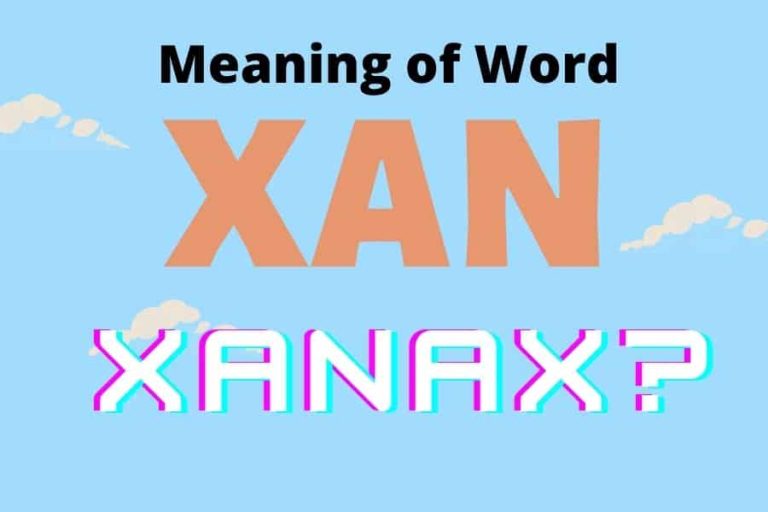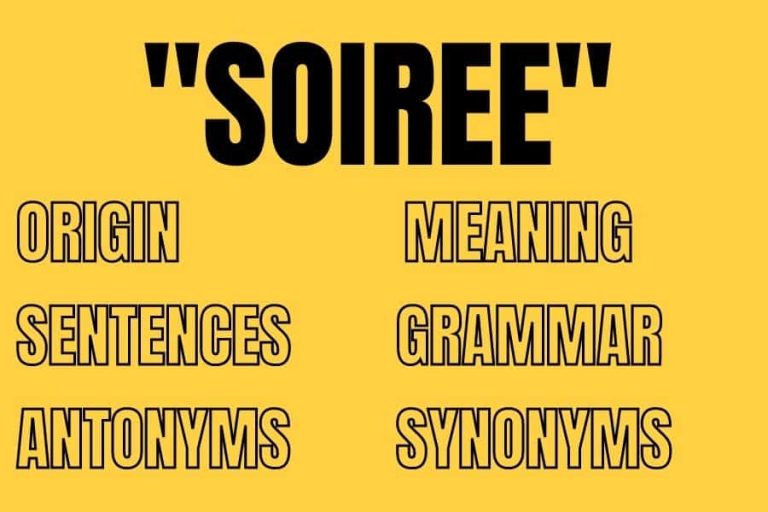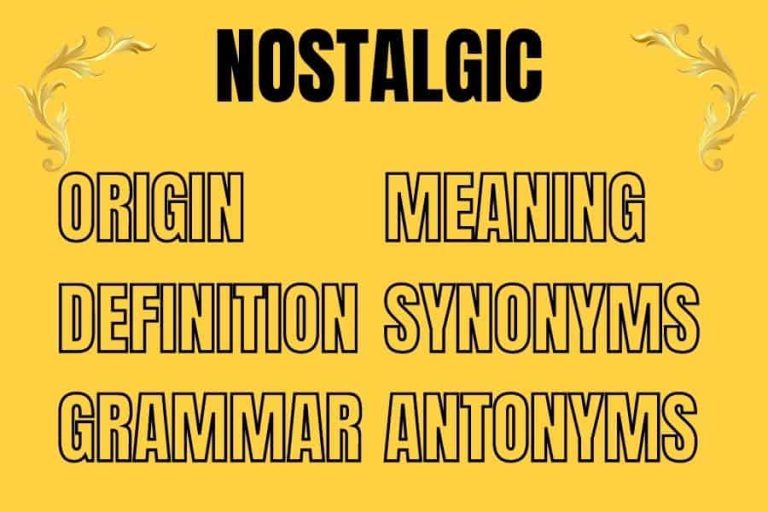Whether you want to expand your linguistic skills, are taking an introductory Japanese class, or just want to put more focus on the language in your everyday life, there are many ways you can work on your Japanese. One way to do so is by using the app Wanikani.
But, should you? Let’s take a look at what Wanikani offers and whether it’s worth the price tag it comes with.
Wanikani is an app designed to help users learn to read and write Japanese characters, or kanji, in the most effective way possible.
Users who follow the system will see much faster results than those who don’t, so Wanikani certainly delivers on its promise of efficiency and effectiveness in learning how to read and write Japanese characters.
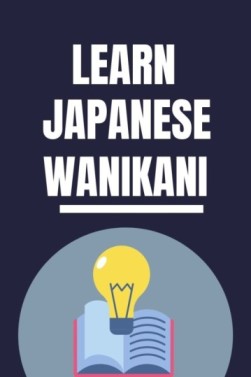
However, even though you will see fast results when using Wanikani, you may want to consider other options as well, such as Pimsleur or Rosetta Stone, because all three programs have certain features that might be more important to you than others.
History of Wanikani
Wanikani was created in 2012 by Sequoia Capital-backed startup Ankajuku. They launched the beta version of the website in May 2013. They have partnered with Japan’s largest online publisher, Bungeisha.
Wanikani is currently run by their three founders: CEO, Makoto Sekiguchi; CTO, Atsushi Nakagawa and CPO (Chief People Officer), Toshiaki Fujino. They say on Wanikani that they were inspired to develop this website after talking with some Japanese high school friends about how they can’t find good kanji learners. Their goal from the beginning has been to create an environment where people learn Japanese by using their own native language as much as possible.
The way Wanikani works is that you start out learning hiragana and katakana first. If you do a lesson correctly, then a button will appear allowing you to move on to the next lesson. There are various lessons available, including hiragana/katakana, kanji writing (basic), grammar and vocabulary.
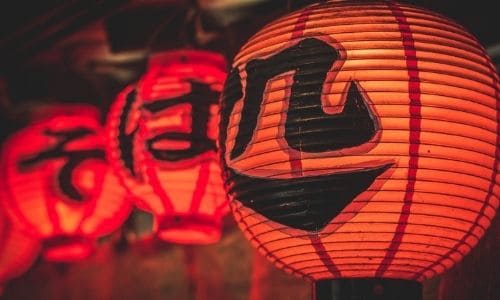
After finishing the first half of the hiragana/katakana lessons, you can then choose to “Mark complete” or go onto learn kana songs and typing practice.
The way the website is set up allows you to complete lessons at your own pace, which is an advantage of other online learning tools. It also offers live chat support with their Japanese instructors. This might be convenient for people who are enrolled in group classes or self-learning groups, since they can get help from other participants or the instructors if they get stuck.
Read: Best Books on Blockchain Programming for Beginners and Experts
Wanikani Pricing and Plans
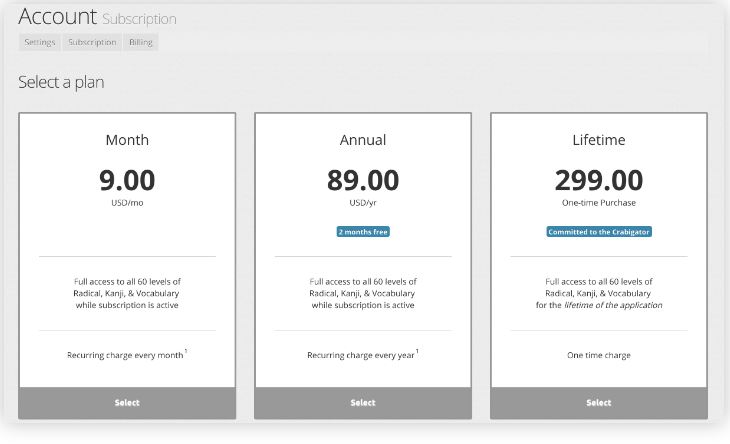
Wanikani starts at $9 per month (billed monthly) and goes up to $89 per year. It is free till Level 4.
This means that the annual commitment for Wanikani is cheaper than taking a Japanese class once per week at most schools in Japan. The monthly plans are expensive if you only want to use it for self-study though, since there are other kanji learning tools that are cheaper.
Is Wanikani worth it?
If you’re an absolute beginner to Japanese or someone who wants to learn how to write kanji, then Wanikani is probably worth the money. If you already know hiragana and katakana, but can’t remember them when you’re reading and writing then Wanikani is probably also worth it.
Wanikani does a good job of teaching you kana and the basics of Japanese phrases, but it doesn’t actually teach kanji by itself. They plan on introducing this feature later this year, which will make Wanikani more worthwhile because many people find learning kanji to be challenging.
If you can’t commit to a monthly payment for Wanikani, then it may not be worth the time and money since there are cheaper ways of learning kanji such as using WaniKani Challenge. If you’re someone who just wants some extra help with your Japanese vocabulary and grammar while learning kanji on Jisho or Kanjidic then Wanikani is probably not worth it.
Pros and Cons of Wanikani
First and foremost, you can’t go wrong with a free learning tool that turns Japanese learning into a fun game. If you’re willing to spend time on some boring but highly effective practice, no price tag can be too high for your new language skills.
The ability to learn how to read and write kanji alone is worth tens of thousands of dollars and months of one-on-one lessons. If it takes you even a few days to memorize each card’s hiragana meaning, pronunciation rules, English definition, and example usage in sentences, then it will have been completely worth it – not to mention that repetition works much better when it’s more fun!
Advantages
- It is free until Level 4, but it does cost money to get the full version. There are many levels of study, which allows you to learn at your own pace.
- You can track your progress and see what you need more help on.
- There are quizzes after every lesson, so if you do not know the answer, you can try again.
- You only have to know one romaji version of a word or kanji in order to be able to enter it into Wanikani.
- There is a section where you learn Japanese through Anime clips and practice sentences.
Disadvantages
- One of the disadvantages is that Wanikani doesn’t offer a proper method for studying kanji, which is one of the major reasons why people want to learn Japanese.
- Wanikani also has no official textbook that they recommend, but this may change in the future.
- Another disadvantage is that Wanikani doesn’t offer an Android app, which means you can’t use it on your phone or tablet unless you have a Mac/Apple computer.
- Some people might find this site too easy for them, if they are an advanced learner.
- Some people might find this site too hard for them, if they are a beginner ( A popular solution to this is to revert back to learning hiragana and katakana ).
- It is not as good/effective as having a tutor or taking courses at school.
The Best Way to Use Wanikani
The most efficient way to learn kanji is with mnemonics—visual, auditory or otherwise.
In layman’s terms, mnemonics are learning tricks that help you link a visual (e.g., imagining a dragon eating Chinese food), an auditory (think how shoe sounds similar to shovel) or another concrete association with a certain piece of information.
Mnemonics can help you memorize things more easily and retain information longer. While Japanese doesn’t have any official mnemonic systems—unlike languages like Spanish, Greek and Latin—you can learn them on your own or use an app like Wanikani to do it for you.
FAQs
How do you do WaniKani lessons?
WaniKani provides you with easy and clear instructions on how to do each of its lessons. Each lesson is broken down into manageable portions that are clearly labeled, as well as accompanied by a video explanation. Once you finish a section, click play next to proceed on to another portion until you’ve completed your lesson for that day. You can also repeat words from earlier lessons, should you need more practice. The app keeps track of which days you complete your work, so if you miss a day or two due to travel or time restraints, no worries! WaniKani will mark those days off for you as not completed and encourage you to get back in there and catch up.
How long does it take to learn kanji with WaniKani?
The amount of time it takes to learn kanji will vary from person to person and depend on how often you are able to study. However, if you commit about 15 minutes a day for three months, we’d say it’s safe to say that you will be an expert at writing hiragana, katakana and 2-3 kanji characters.
How many WaniKani lessons should I do per day?
WaniKani uses a spaced repetition system that cycles through different cards, and it is therefore important to set up your learning schedule based on their recommendation. They recommend doing a minimum of 20 minutes per day, but if you can do more every day, do so!
Is WaniKani good for vocab?
WaniKani is a vocabulary learning system that teaches you to read and write Japanese characters. We’ll take a look at how effective WaniKani is compared to other learning methods, how much it costs, and whether or not it’s worth your time.
How do I get to Level 2 WaniKani?
The goal of WaniKani is to have you get to level 2 within a few weeks. Each day, you will be shown around 10-20 new kanji and given a few example words that use those kanji. If you aren’t going at a comfortable pace (you’re spending at least half an hour on it every day) then I wouldn’t worry about trying to learn so many kanji in one day.
The Verdict
Yes, it is worth it. In fact, I can’t think of a reason why anyone would not want to invest their time and money into learning Japanese with Wanikani.
This platform makes learning a new language easier than ever before—and that’s saying something. The selection of content and customization options available with Wannkani allows you to tailor your experience to fit your needs perfectly.
If you’re looking for an incredibly effective way to learn how to speak Japanese (or any other language for that matter), then look no further than Wanikani!
Related Articles:
- Master Self-Discipline: Transform Your Life in 2025 with These Essential Strategies!
- Ebook Design for Children’s Books: Capturing Young Minds Visually
- Expanding on the Value of Professional Fashion Design Services
- Get Custom African American Character Illustrations with Any Hairstyle
- Transform Your Look with Rasaline’s Expert Hairstyle and Fashion Advice



